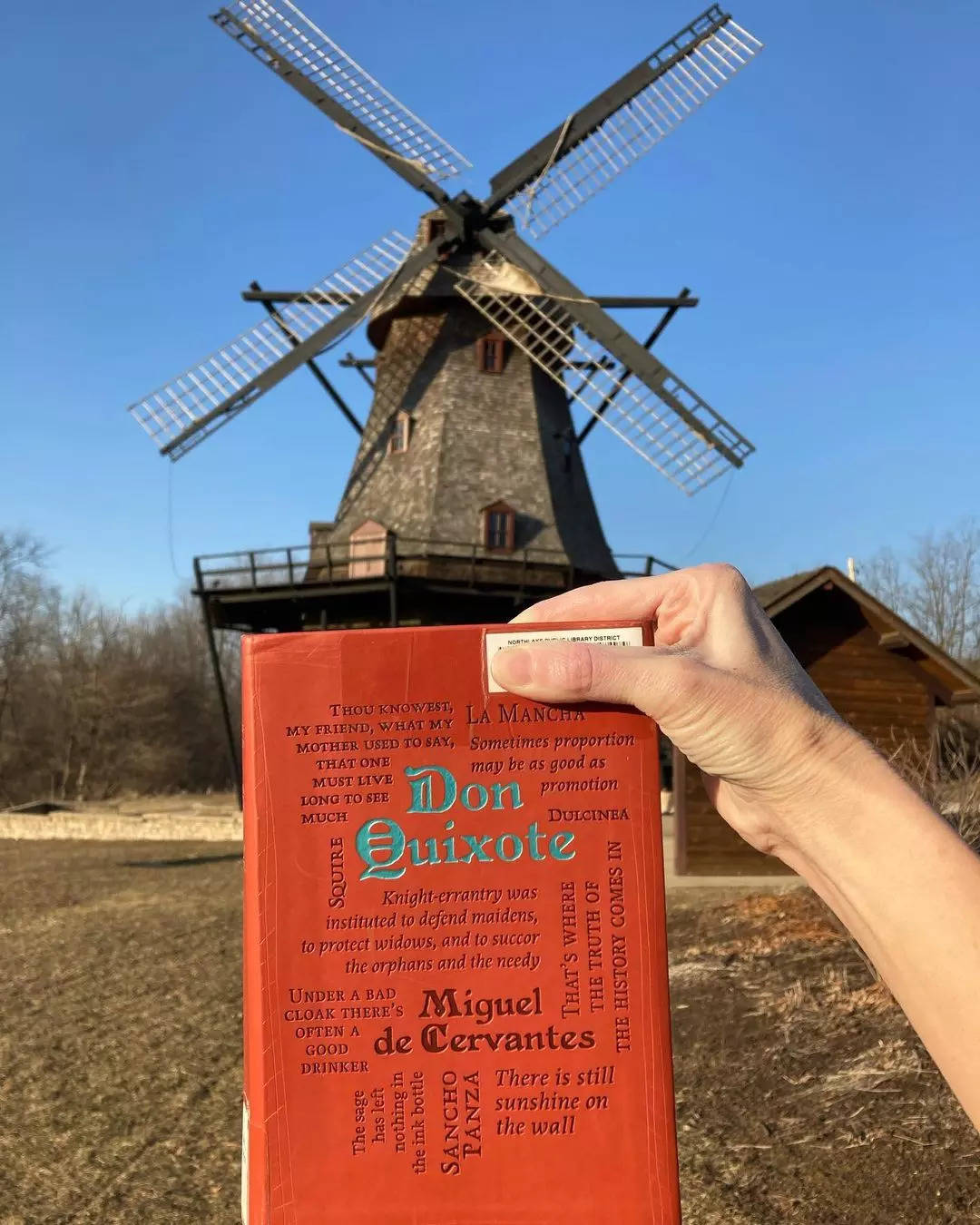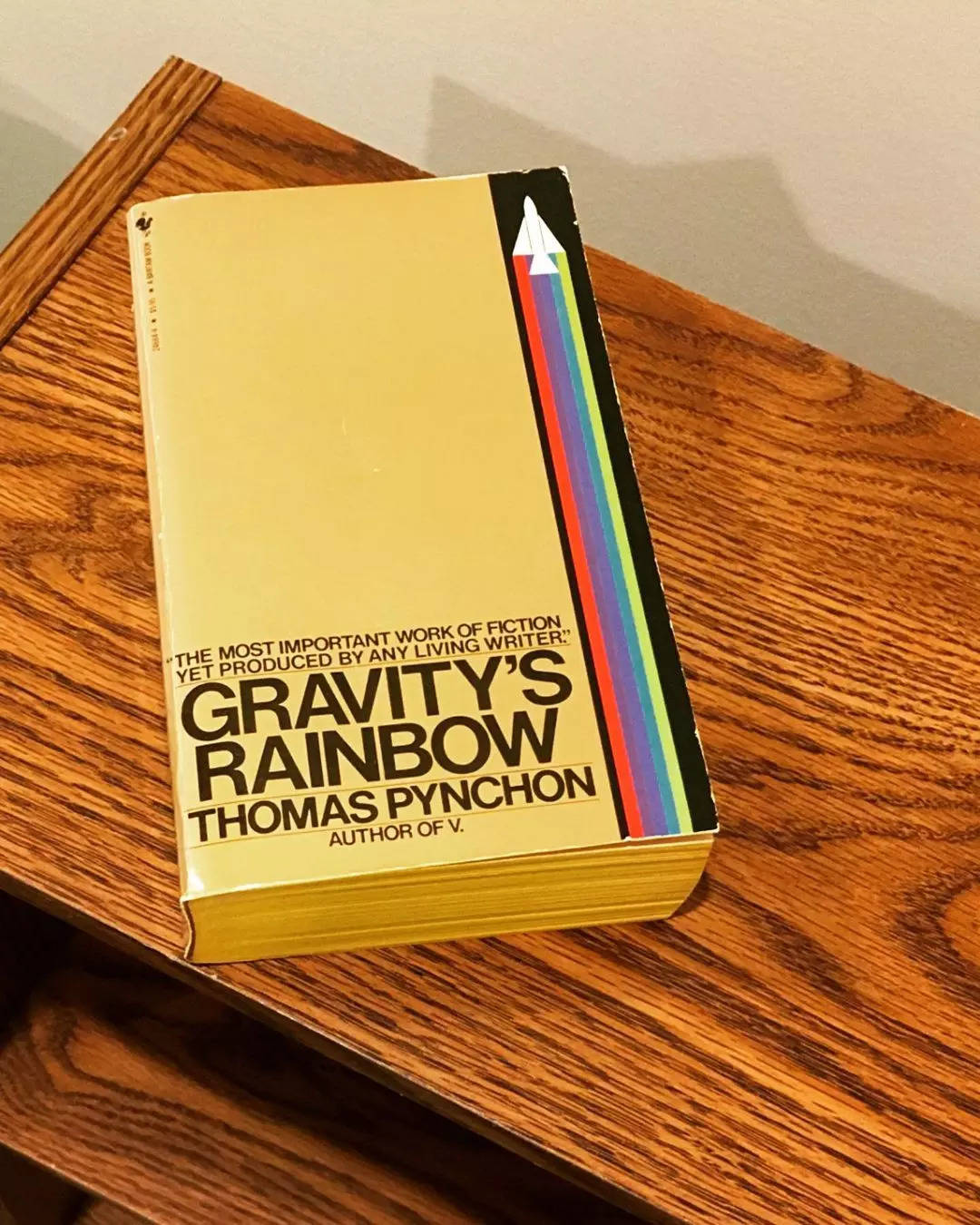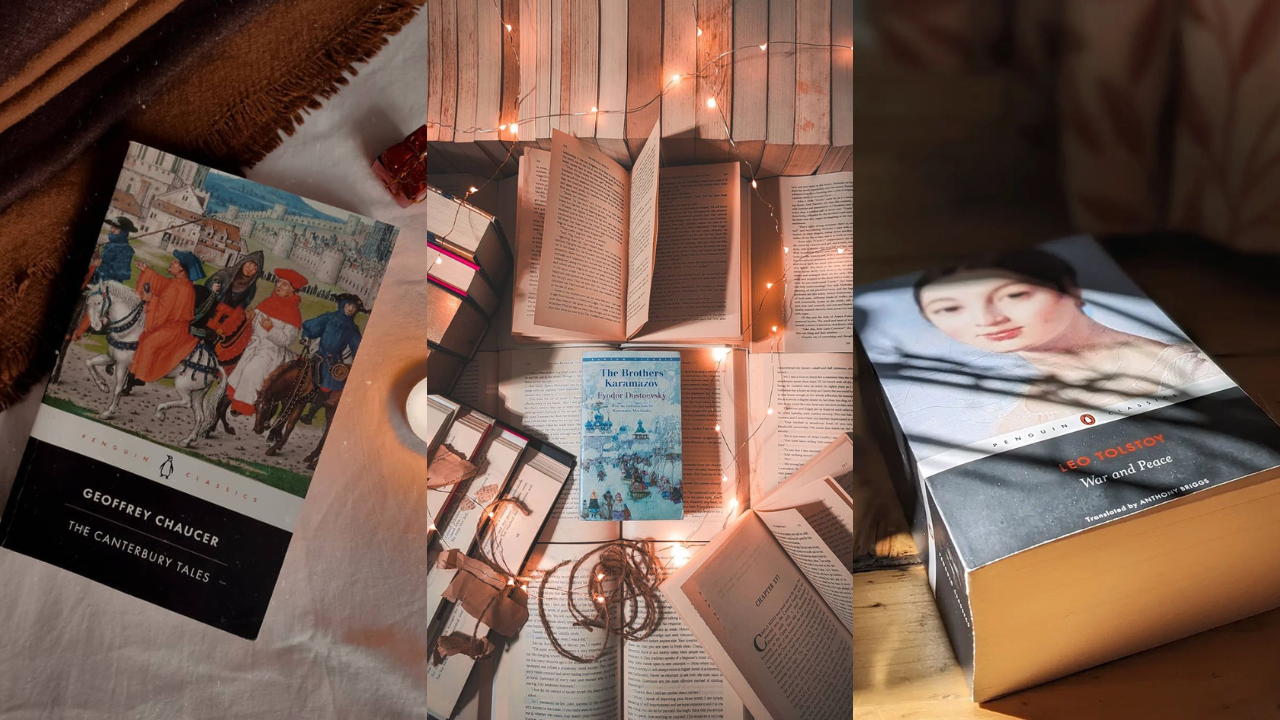10 Classic Books Everyone Pretends They’ve Read But Probably Haven’t (Image credit: Instagram)
There are certain books that have achieved legendary status in the literary world. These classics They are often referenced in conversations, alluded to in other works, and even included in the curricula of educational institutions. Yet, despite the recognition they receive, many of these books remain unfinished or untouched on countless bookshelves. Whether for their dense language, sprawling narratives, or complex themes, these novels are widely discussed but rarely read. Here are 10 classic books that people often claim to have read, but probably haven’t.
1. War and Peace by Leo Tolstoy
‘War and Peace’ is widely considered one of the greatest novels ever written, but at over 1,200 pages, it is also one of the most overwhelming. Set during the Napoleonic Wars, the novel explores the lives of five aristocratic families as they deal with love, war, and peace. Tolstoy’s exploration of philosophy, history, and human nature is brilliant, but the sheer volume of characters, events, and Tolstoy’s detailed prose often causes readers to put it aside, despite his fame.
2. Moby Dick by Herman Melville
Despite the iconic opening line, “Call me Ishmael,” many people never read much beyond “Moby Dick.” The novel tells the story of Captain Ahab’s obsessive quest to kill the white whale that crippled him. While the adventure plot is thrilling, Melville’s dense, encyclopedic digressions into whaling, marine biology, and philosophy can be off-putting to readers. As a result, many claim to have read “Moby Dick,” but rarely make it past the first few chapters.

3. Ulysses by James Joyce
James Joyce’s Ulysses is considered a masterpiece of modernism, but its stream-of-consciousness style, obscure references, and dense narrative make it a challenging read. The novel, set in a single day, follows Leopold Bloom as he wanders around Dublin. Ulysses is famous for its experimental techniques and deep symbolism, but these same elements make it impenetrable to many. Though many acknowledge its importance in literary history, few manage to finish this complex work.
4. The Brothers Karamazov by Fyodor Dostoyevsky
Dostoevsky’s “The Brothers Karamazov” is a philosophical exploration of faith, free will, and morality. The novel chronicles the turbulent relationships between the Karamazov family, focusing on the murder of the father and the resulting investigation. While the novel is profound in its reflections, its heavy philosophical content, long monologues, and complicated narrative structure make it difficult for many readers to read. As a result, it is often a novel that people start with good intentions but never finish.
5. Don Quixote by Miguel de Cervantes
Don Quixote is often regarded as the first modern novel, and its influence on Western literature is undeniable. The story of an elderly nobleman who proclaims himself a knight-errant and embarks on comically ill-advised adventures has delighted readers for centuries. However, its length and the archaic style of the Spanish original (or even its English translations) make it a challenging read. While many are familiar with the character of Don Quixote, few can claim to have read both volumes of this classic.

6. Infinite Jest by David Foster Wallace
Though not as old as some of the other entries on this list, Infinite Jest has already earned a reputation as one of the most challenging reads of the 20th century. Wallace’s sprawling, 1,000-page novel mixes postmodern narrative techniques with footnotes, digressions, and a massive cast of characters. Set in a dystopian future where entertainment is a form of addiction, the novel explores a wide range of themes, from mental health to consumerism. Its complexity has made it a favorite of literary scholars, but a difficult read for casual readers.
7. The Sound and the Fury by William Faulkner
Faulkner’s The Sound and the Fury is known for its fragmented structure and shifting perspectives, making it a notoriously difficult read. The novel tells the story of the decline of the Compson family in the American South, with each section narrated by a different character. The first section, told from the perspective of a mentally disabled man, is especially challenging for readers due to its stream-of-consciousness style. Faulkner’s experimental narrative structure leads many to give up early, even if they claim to have read the novel.
8. Gravity’s Rainbow, by Thomas Pynchon
‘Gravity’s Rainbow’ is a sprawling, chaotic novel set during the final months of World War II, exploring themes ranging from science and technology to paranoia and conspiracy. Its dense prose, complex themes, and non-linear narrative make it a notoriously difficult read. Many readers feel lost in Pynchon’s intricate web of ideas, and while the novel is often mentioned in literary discussions, it is also known as one of the most neglected books in literature.

9. Les Misérables by Victor Hugo
Victor Hugo’s Les Misérables is a monumental work that addresses themes of justice, morality, and redemption. Set in post-revolutionary France, the novel chronicles the life of Jean Valjean, an ex-convict struggling for redemption, and tells the stories of other characters entangled in the political and social struggles of the time. Although it is considered one of the greatest novels of all time, its intricate plot, philosophical digressions, and sheer length make it a challenging read, one that many start but don’t finish.
10. The Canterbury Tales by Geoffrey Chaucer
The Canterbury Tales is one of the most famous works of English literature, but few have read it in its entirety. Chaucer’s collection of stories, told by pilgrims on their way to Canterbury, is both entertaining and insightful. However, the Middle English language, combined with the length and complexity of the tales, can make it a difficult read for modern readers. While many are familiar with characters like the Wife of Bath or the Knight, finishing reading The Canterbury Tales remains a challenge for most.
Although these classic books are often revered in literary circles and regarded as cultural landmarks, the reality is that many of them are either unread or unfinished by the average reader. Whether due to their length, complexity, or the challenging themes they tackle, these novels have earned a reputation for being difficult to complete. Yet, despite their overwhelming nature, each of these works offers unique perspectives, rich storytelling, and profound insights into the human condition for those who choose to persevere. So, while many people may claim to have read these classics, the true reward lies in taking the time to experience their brilliance firsthand.
Disclaimer:
The information contained in this post is for general information purposes only. We make no representations or warranties of any kind, express or implied, about the completeness, accuracy, reliability, suitability or availability with respect to the website or the information, products, services, or related graphics contained on the post for any purpose.
We respect the intellectual property rights of content creators. If you are the owner of any material featured on our website and have concerns about its use, please contact us. We are committed to addressing any copyright issues promptly and will remove any material within 2 days of receiving a request from the rightful owner.

